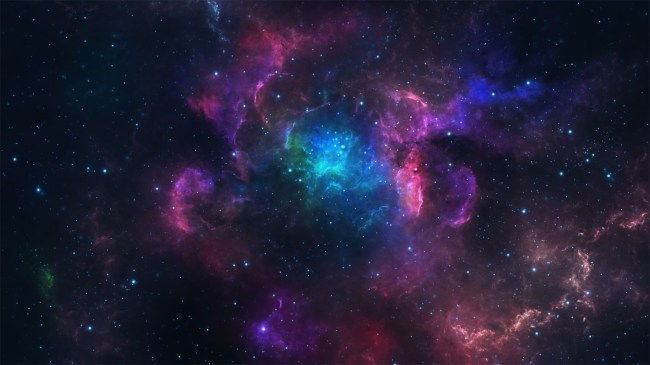
iStockphoto
Astronomers have detected a mysterious radio signal emanating from deep space that repeats itself every 53.8 minutes and they have no clue exactly what it means.
The scientists from the University of Sydney and Australia’s national science agency, CSIRO, discovered the signal using the Australian Square Kilometre Array Pathfinder (ASKAP) radio telescope and recently shared their findings in the journal Nature Astronomy.
The radio signal, designated ASKAP J1935+2148, is coming from a neutron star located approximately 15,820 light years from Earth.
According to NASA, “Neutron stars are formed when a massive star runs out of fuel and collapses. The very central region of the star – the core – collapses, crushing together every proton and electron into a neutron.”
What makes this particular neutron star unique, in fact the only one of its kind ever discovered, is that it repeats its radio signal so slowly.
“It is highly unusual to discover a neutron star candidate emitting radio pulsations in this way,” said Dr. Manisha Caleb, an astrophysicist at the University of Sydney and co-lead author of the study. “The fact that the signal is repeating at such a leisurely pace is extraordinary.”
Of the more than 3,000 neutron stars that have been discovered, ASKAP J1935+2148 is the slowest ever when it comes to repeating its radio signal.
A press release announcing the discovery states, “The origin of such a long period signal remains a profound mystery.”
This unusual neutron star is emitting radio light at a rate that is too slow to fit with current descriptions of radio neutron star behaviour. This provides new insights into the complex life cycles of stellar objects.
At the end of their life, large stars about 10 times the mass of the Sun use up all their fuel and explode in a spectacular blast we call a supernova. What remains is a stellar remnant so dense that 1.4 times the mass of our Sun is packed into a ball just 20 kilometres across.
Matter is so dense that negatively charged electrons are crushed into positively charged protons and what’s left is an object made up of trillions of neutrally charged particles. A neutron star is born.
Given the extreme physics with which these stars collapse, neutron stars typically rotate mind-bendingly fast, taking just seconds or even fractions of a second to fully spin on their axis.
“What is intriguing is how this object displays three distinct emission states, each with properties entirely dissimilar from the others,” said CSIRO scientist Dr. Emil Lenc, co-lead author on the paper. “The MeerKAT radio telescope in South Africa played a crucial role in distinguishing between these states. If the signals didn’t arise from the same point in the sky, we would not have believed it to be the same object producing these different signals.”
Dr. Lenc added that the never-before-seen behavior of ASKAP J1935+2148 “might even prompt us to reconsider our decades-old understanding of neutron stars or white dwarfs; how they emit radio waves and what their populations are like in our Milky Way galaxy.”